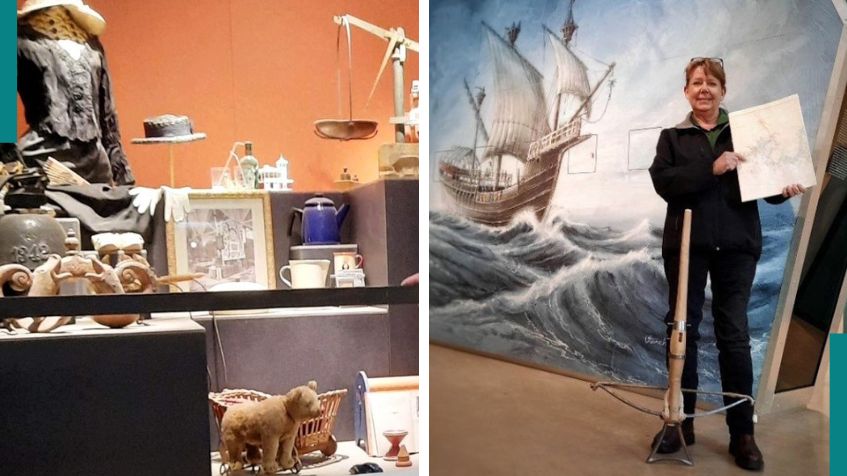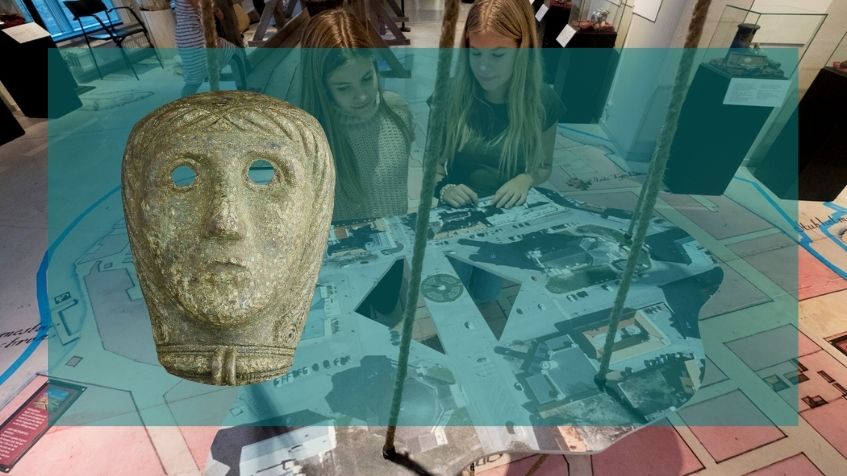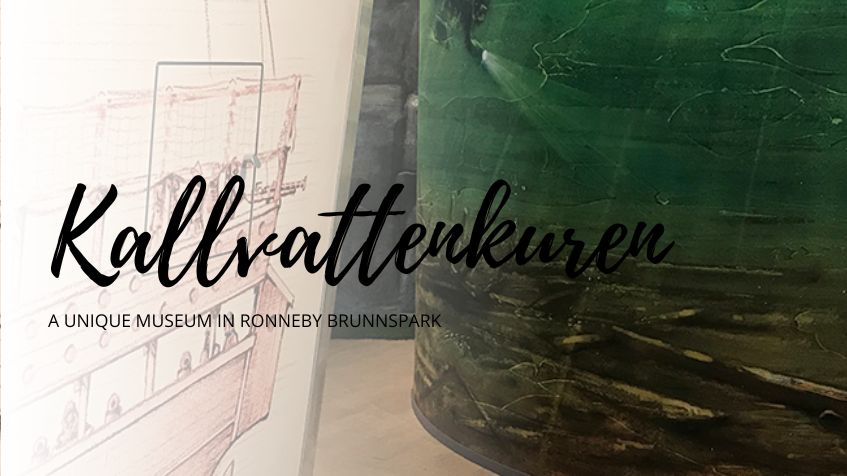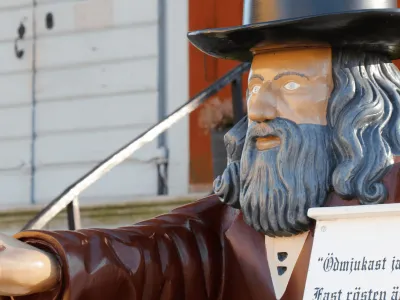Embark on a journey to Västra Vång in Ronneby and uncover the mysteries of Blekinge's Iron Age. Witness Sweden's third-largest find of gold figures, along with spiral gold ornaments, bronze heads, and Viking coins, all unearthed in 2012. Explore the captivating exhibition at Kallvattenkuren in Ronneby, revealing new insights into Europe's ancient power dynamics, daily life in the village, and sacred rituals.
The Gold Figures
Blekinge's greatest Viking treasure
Join us at the archaeological site in Västra Vång to experience a significant cultural and historical landmark. Discover the gold figures, bronze heads, and other remarkable artifacts that highlight Västra Vång's role as a regional Iron Age center. Don't miss the Johannishus hoard – Blekinge's largest Viking silver treasure.

The Bronze Masks
Marvel at the bronze masks with Celtic origins, symbols of high status and power. Explore the possible journeys these artifacts undertook to reach Västra Vång, reflecting the dynamic cultural exchanges of the past. Experience the unique discovery of gold figures, bronze busts, and masks at the exhibition. Let your imagination roam to the Iron Age landscape of Västra Vång and its connections across Europe and the Middle East. Visit Blekinge Museum for historical experiences for the whole family and discover the diverse artifacts stored at Rosenholm, spanning the breadth of history.



